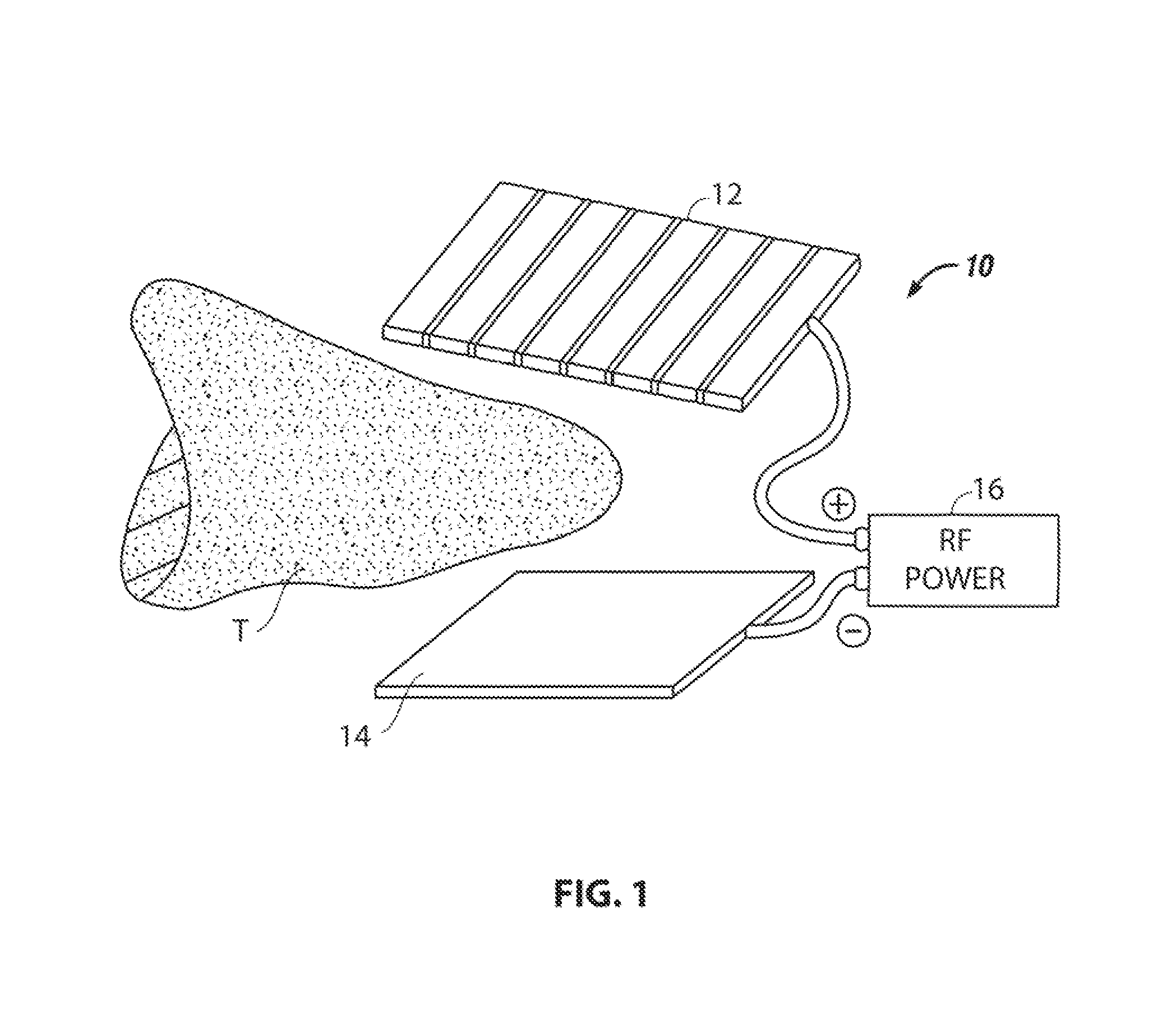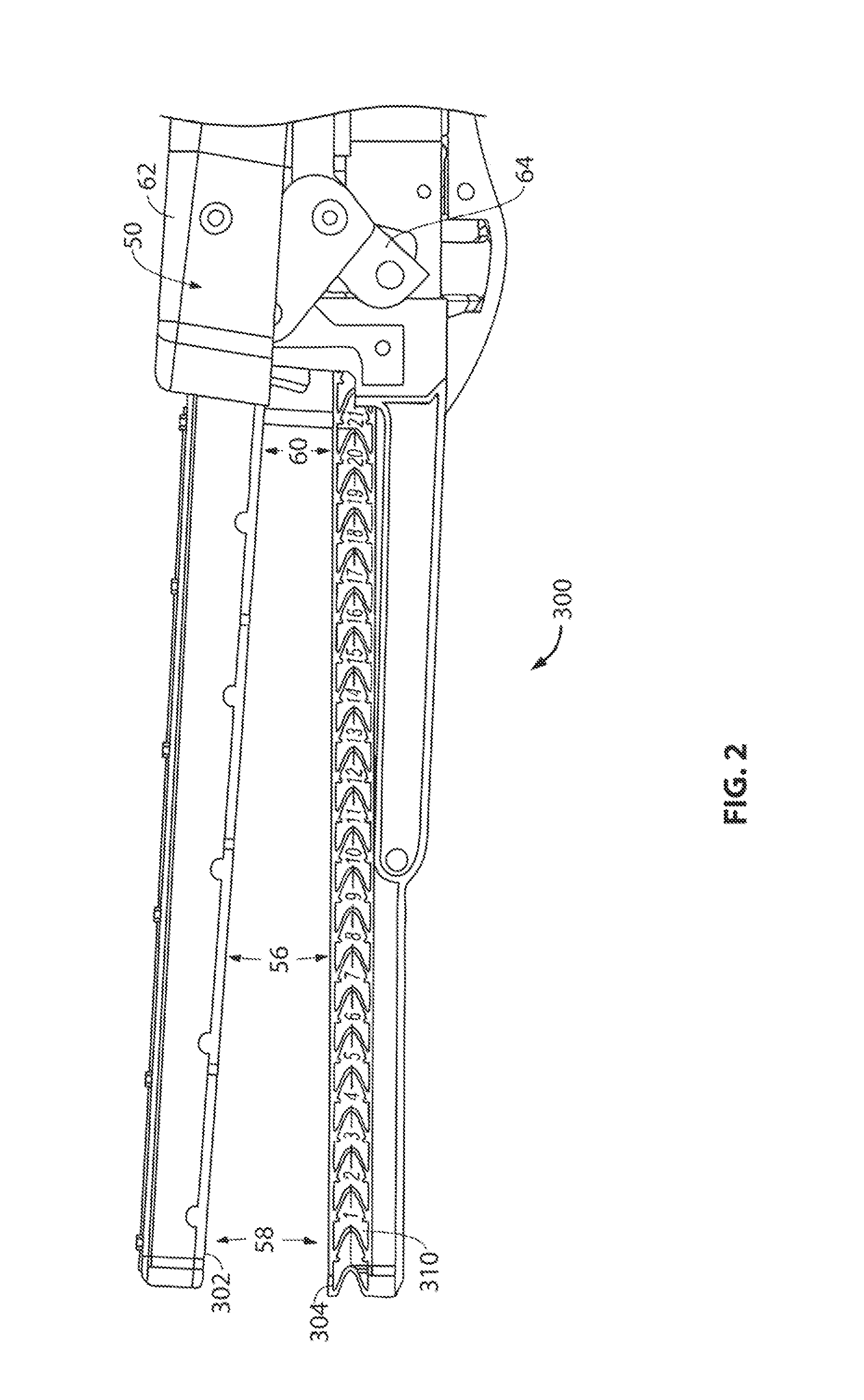Surgical tool
a surgical tool and electrode technology, applied in the field of tissue cauterization, can solve the problems of affecting the healing effect of the tissue, the time-consuming and labor-intensive sealing of the blood vessel, and the inability to remove most organs intact, so as to facilitate tissue cauterization, reduce the bleeding capacity of the tissue, and eliminate the effect of the bleeding
- Summary
- Abstract
- Description
- Claims
- Application Information
AI Technical Summary
Benefits of technology
Problems solved by technology
Method used
Image
Examples
Embodiment Construction
[0026]The methods, systems, and apparatus of the invention are useful for treating a variety of organs, portions of organs, or other solid tissue regions in a patient. The organ or other tissue mass have spaced-apart tissue surfaces, usually opposed tissue surfaces, which are accessible to electrode structures and which permit the application of radio frequency power between said surfaces. The tissue surfaces may be readily accessible or may require pre-treatment to gain access, e.g. blunt dissection, resection of small tissues or blood vessels using conventional surgical techniques, or the like. Organs which may be treated by the invention include the uterus, liver, prostate, kidney, bowel, pancreas, lung, breast, muscle, and the like.
[0027]The organs and other tissue are treated with bipolar radio frequency power directed at target tissue regions which are defined by spaced-apart placement of the electrode structures. The radio frequency power may be supplied by conventional gener...
PUM
 Login to View More
Login to View More Abstract
Description
Claims
Application Information
 Login to View More
Login to View More - R&D
- Intellectual Property
- Life Sciences
- Materials
- Tech Scout
- Unparalleled Data Quality
- Higher Quality Content
- 60% Fewer Hallucinations
Browse by: Latest US Patents, China's latest patents, Technical Efficacy Thesaurus, Application Domain, Technology Topic, Popular Technical Reports.
© 2025 PatSnap. All rights reserved.Legal|Privacy policy|Modern Slavery Act Transparency Statement|Sitemap|About US| Contact US: help@patsnap.com



